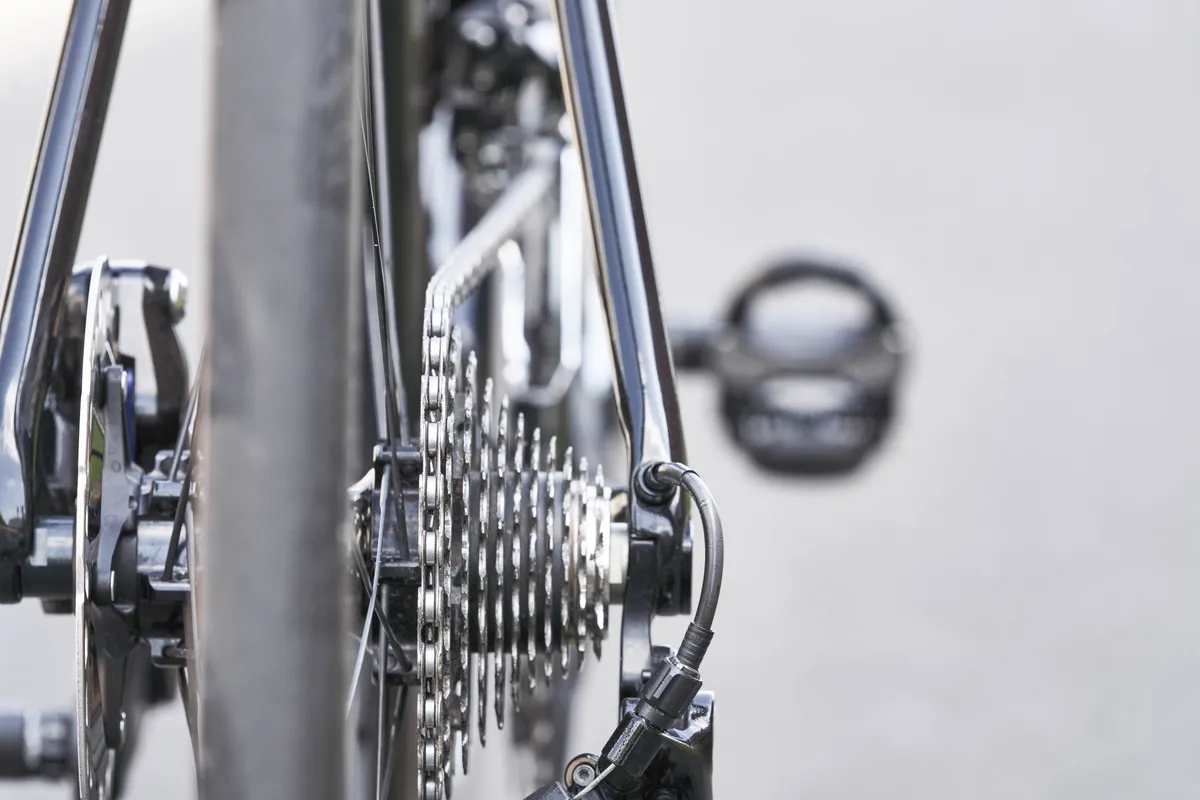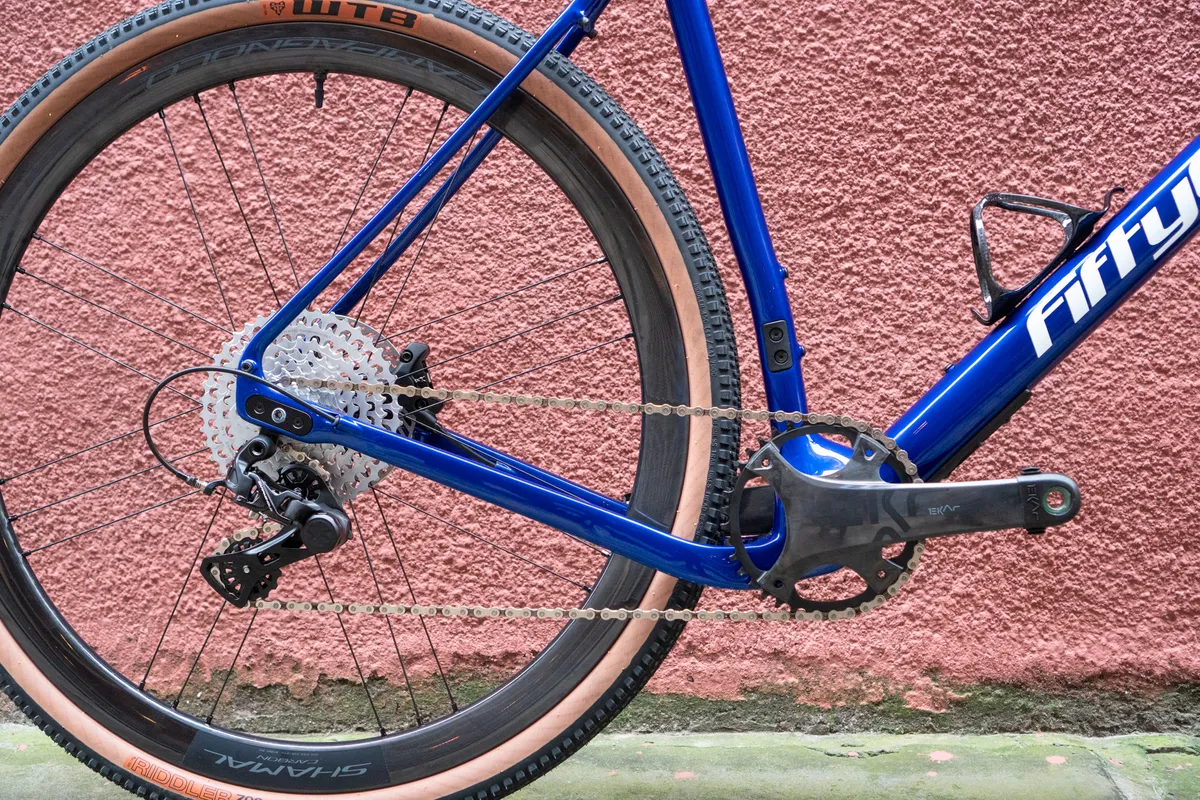In our Tech Q&A series, we tackle cycling queries – big or small, complex or simple – with insights from the BikeRadar team and trusted industry experts. Next up, a loyal reader wants to know …
“For decades we’ve been cautioned not to cross-chain in 2x and 3x transmission systems, otherwise we’ll experience excessive wear, noise etc. How does a 1x system get around these problems since extreme chain angles can’t be avoided?”
Richard Hart
Cross-chaining is the term used to describe running a chain from the smallest front cog to the smallest rear cog, or the largest front cog to the largest rear cog.
Multiple front-chainring systems are designed to use the rear cassette like a Venn diagram.
For example, on a 2x system, the inner chainring covers the bigger sprockets and the middle of the cassette, while the outer chainring covers the smaller cassette sprockets and middle.
This ensures the chain is never pulled at too great an angle, which puts strain on the chain, cassette and derailleurs.

While a 1x drivetrain appears to put the chain under similar pressure, it’s designed to be used largely in the middle of the cassette for the majority of riding. You only move into the largest or smallest cogs for climbing or descending.
A 2x drivetrain requires more understanding in order to use the gears most efficiently and, as Simon von Bromley (BikeRadar's senior tech writer) points out, it can be very frustrating when riding a gravel bike and you’re forced to shift between chainrings in the midst of a technical section.
Digital editor Jack Luke refers to a test run by Velo (then CyclingTips) in 2019 with Jason Smith of CeramicSpeed.
In essence, the test revealed that with a simulated power of 250W, the average power loss was greater with a 1x system (12.24W) compared to a 2x system (9.45W).
Coming back to the question, there’s no issue with cross-chaining on a 1x system because the drivetrain has been designed to work across the full range of the cassette.
If you’re installing the system yourself, you need to pay attention to the ‘chainline’ measurement recommended by the manufacturer and ensure your chainring sits the correct distance from the centre of the frame.
Aside from the excessive wear that can be caused by cross-chaining, the issue of excessive noise is also negligible with extreme chain angles on 1x drivetrains.

It can be a bit crunchy at the extremes but features such as narrow-wide chainrings, clutched rear derailleurs that reduce chain slap and the general improvements in drivetrain smoothness mean it’s not an issue.
As both Jack and Simon agree, they are ‘2x guys’, but they urge you not to let your assumptions about drivetrains of old dictate your choices: it’s horses for courses.





